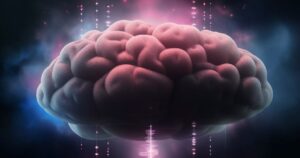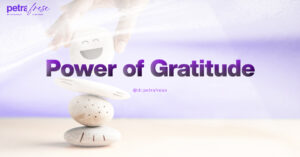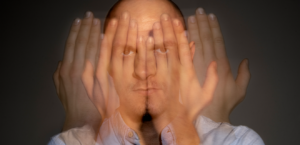
Beginning Your Spiritual Healing Journey: Steps to Start and Essential Self-Care
As modern life pulls us in a thousand directions, many of us are looking for ways to reconnect with our true selves. Spiritual healing is quickly becoming one of the most sought-after methods for those seeking peace, clarity, and personal transformation. In fact, 70% of U.S. adults can be considered “spiritual” in some way, because they think of themselves as spiritual people or say spirituality is very important in their lives. But what does it really mean to start spiritual healing? And more importantly, what care should you take on this journey? We’ll explore today the foundational steps to start spiritual healing and the essential care required to ensure a safe and meaningful experience. Whether you’re completely new or already familiar with spiritual practices, this guide will give you a clearer understanding of what’s involved, and how to get the most out of your journey. What is Spiritual Healing? Spiritual healing is the process of using spiritual practices to restore balance and well-being to the mind, body, and soul. It’s a deeply personal journey that focuses on healing from within, often unlocking emotional blockages and releasing negative energies. There are various forms of spiritual healing, each offering unique approaches to personal growth and transformation. For example: Regardless of the method, spiritual healing taps into the profound connection between spirituality and health, helping individuals overcome stress, anxiety, and even physical ailments by addressing the root cause of discomfort rather than just the symptoms. When guided by a skilled spiritual healer in the USA, this practice can transform the way you approach personal wellness. How to Start Spiritual Healing Starting your spiritual healing journey requires a blend of self-awareness, intention, and the right guidance. Here’s a step-by-step guide to help you take those crucial first steps: 1. Self-Assessment: Are You Ready for Spiritual Healing? Before you dive into spiritual healing, it’s essential to assess whether you’re mentally and emotionally prepared. Healing requires an openness to change and vulnerability. Ask yourself: Am I holding onto unresolved emotions or past traumas? Do I feel disconnected from my purpose or overwhelmed by negative energy? If you’re consistently feeling blocked, anxious, or disconnected from your true self, it might be time to start spiritual healing. This self-assessment is the foundation of your healing journey, helping you determine whether you are ready to confront deep-rooted issues and experience spiritual growth. 2. Choosing the Right Healing Method Spiritual healing comes in many forms, and the key is finding a method that resonates with you. Some common modalities include: Choosing the right method depends on your personal preferences and what you feel drawn to. Some people start with meditation to ease into spiritual practices, while others might feel called to explore more immersive techniques like Reiki or sound therapy. 3. Finding a Qualified Healer A qualified spiritual healer plays a crucial role in guiding you through this transformative journey. It’s essential to work with someone who not only understands the healing process but is also equipped to provide

















